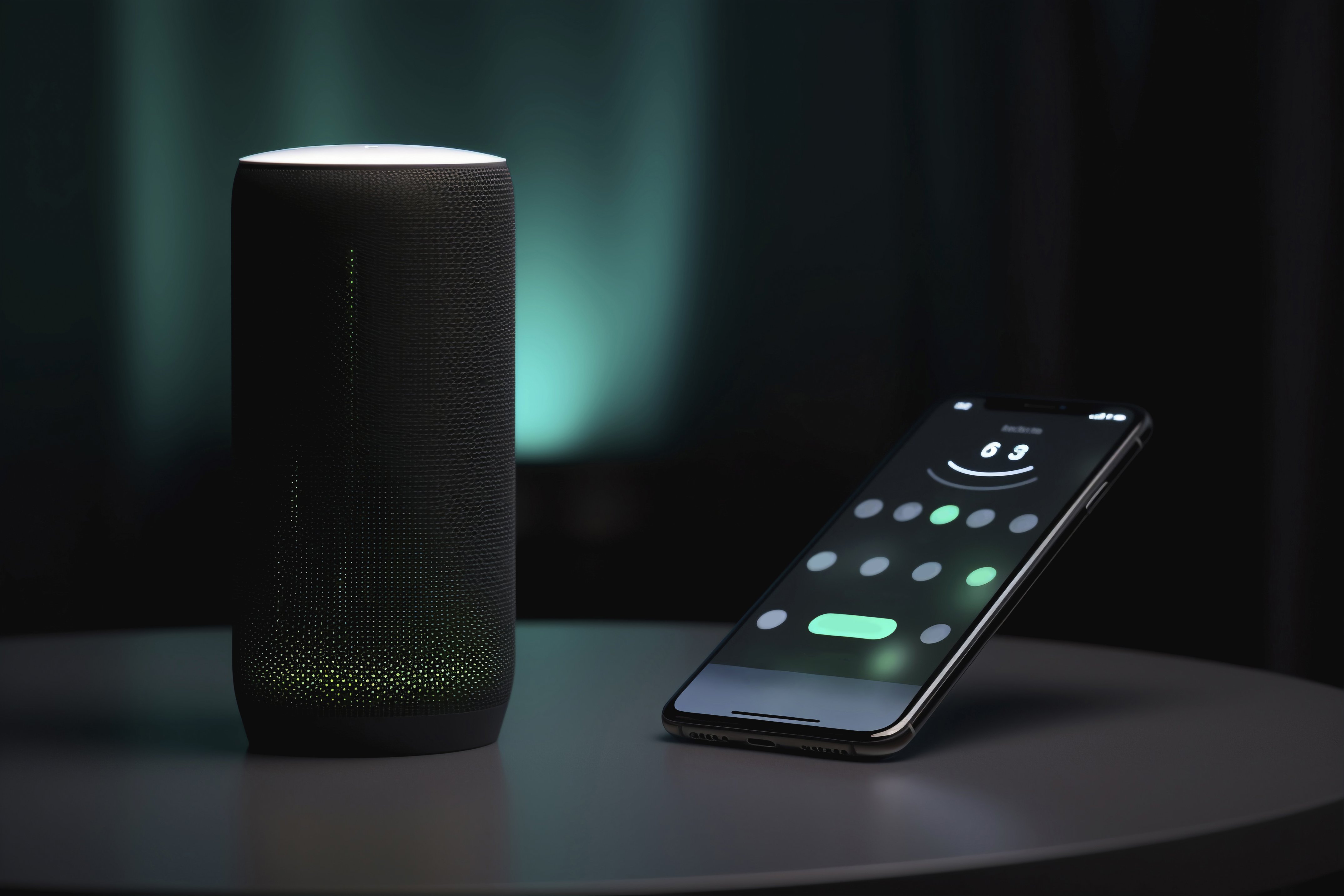In today’s rapidly digitizing world, technology that truly understands and connects with people is no longer just about performance—it’s about language, culture, and context. As businesses expand globally and digitally transform their customer touchpoints, the ability to interact in a user’s native language can be the difference between engagement and alienation.
Among the many AI voice assistant platforms available, Tabbly.io stands out for its commitment to linguistic diversity and inclusivity. Supporting over 50 vernacular languages, including a wide spectrum of Indian regional languages, Tabbly.io is redefining how voice assistants can connect with people on a human level.
The challenge: One language doesn’t fit all
While most AI assistants focus primarily on English and a handful of global languages, this approach overlooks a vast majority of users—especially in countries like India, where more than 85% of the population prefers native language communication.
Consider this:
- India alone has 22 officially recognized languages and hundreds of dialects.
- Global businesses entering regional markets often struggle with language barriers that limit adoption.
- Even in urban areas, a large segment of the population prefers mixed-language conversations (e.g., Hinglish, Tanglish, etc.)
In such a diverse landscape, a voice assistant must do more than just translate—it must understand and localize conversations naturally, in the user’s preferred language and tone.
What is Tabbly.io?
Tabbly.io is a next-generation AI voice assistant platform that enables natural, intelligent, and multilingual voice interactions across web, mobile, IVR, and smart devices. Unlike traditional voice bots that are often stiff and scripted, Tabbly.io focuses on conversational intelligence—designed to sound human and think local.
What makes Tabbly.io unique is its extensive language support. With over 50 vernacular languages, including major Indian regional languages, it’s ideal for brands and platforms looking to reach and serve users in their own language—no matter how niche or local.
Deep dive: Tabbly.io’s multilingual capabilities
1. Over 50 vernacular languages, including Indian regional tongues
Tabbly.io offers built-in support for a wide range of languages such as:
- Hindi, Tamil, Telugu, Kannada, Malayalam
- Marathi, Bengali, Gujarati, Punjabi, Odia
- And many more including tribal and dialectal variations
This wide coverage ensures that businesses can communicate with their audience in a way that feels native, respectful, and engaging.
2. Multilingual + code-mixed language detection
Tabbly.io goes beyond monolingual support by recognizing and processing code-mixed languages, like:
- Hinglish (Hindi + English)
- Tanglish (Tamil + English)
- Kanglish (Kannada + English)
This is particularly relevant in India, where multilingual fluency is common and everyday speech often blends languages naturally.
3. Human-like voice and natural tone
The platform uses neural voice synthesis to produce output that is emotionally expressive, culturally aware, and locally accurate—whether it’s for a banking IVR or an education app tutor. It adapts the intonation, pauses, and emotion based on language, making conversations sound real and relatable.
4. Real-time language switching
Users can seamlessly switch languages mid-conversation without starting over. This dynamic switching allows a natural flow of dialogue, which is essential for customer support, surveys, onboarding journeys, and chatbot-driven transactions.
5. AI-driven intent recognition across languages
Tabbly.io is built with an advanced NLU engine that can detect user intent, extract entities, and provide appropriate responses across languages. It doesn't just recognize words—it understands what the user means in their specific language and context.
6.Support for global languages outside India
In addition to Indian languages, Tabbly.io also supports a wide range of global languages, such as Spanish, Arabic, French,
Indonesian, Portuguese, Swahili, and Thai, making it an ideal solution for companies operating across different international markets. This global support enables businesses to scale their voice assistant experiences beyond India, while still offering localized, human-like interactions.
How different industries benefit from Tabbly.io
Tabbly.io’s multilingual voice AI finds applications across multiple industries:
AI Voice in Healthcare
- Telemedicine services that guide patients in their regional language
- Voice assistants in hospital kiosks or helplines for booking, updates, and support
AI Voice in Fintech and banking
- AI-powered voice bots for rural banking access
- Vernacular onboarding of customers with step-by-step audio guidance
AI Voice in E-commerce & retail
- Product discovery, order tracking, and customer support in native languages
- Voice-based shopping assistants in apps and kiosks
AI Voice in Government & public service
- Support for citizen services, public helplines, and grievance redressal in local languages
- IVR solutions for rural areas where literacy may be a challenge
AI Voice in Education and EdTech
- Vernacular tutoring bots and learning aids for non-English speaking students
- Language-agnostic test prep and practice tools
AI Voice in Agriculture and rural outreach
- Voice bots for farmers providing weather, crop, and mandi updates in local dialects
- AI assistants for agri-tech startups targeting underserved regions
The business value of going multilingual
Brands that embrace multilingual voice tech can:
- Reach a wider audience across Tier 2, Tier 3, and rural markets
- Build deeper emotional connections with users
- Reduce customer support costs through smart automation
- Improve accessibility for the elderly and less literate users
- Increase retention and loyalty by delivering personalized experiences
In competitive markets, these advantages can directly influence customer acquisition, satisfaction, and lifetime value.
Learn The Best Practices for Training AI Voice Agents to Sound Human
Final thoughts: Voice is the future, and it speaks your language
As voice becomes the new interface for digital interaction, the demand for multilingual, intelligent, and localized AIwill continue to rise. Tabbly.io is not only ready for that future—it’s building it.
By offering seamless support for 50+ vernacular languages, especially Indian languages, Tabbly.io empowers businesses to connect with real people in real conversations, just like a human would.
If you're building digital products or services that need to speak the language of your audience, Tabbly.io is the voice assistant you’ve been waiting for.
1. What is a multilingual AI voice assistant?
A multilingual AI voice assistant is a voice-based technology solution that can understand, process, and respond in more than one language. These assistants can either detect the language automatically or allow users to select their preferred language before interaction.
2. How do multilingual voice assistants detect different languages?
Most modern AI voice assistants use advanced Natural Language Processing (NLP) and Machine Learning algorithms to detect spoken languages in real-time. Some even support dynamic language switching and can understand mixed-language inputs, commonly known as code-mixing.
3. Why is multilingual support important in voice assistants?
Multilingual support ensures inclusivity and accessibility. It allows businesses to engage users in their native or preferred language, improves customer satisfaction, and opens up new markets, especially in linguistically diverse regions like India, Africa, Southeast Asia, and Latin America.
4. Can a single AI voice assistant handle multiple languages in one interaction?
Yes, some advanced AI voice assistants can handle language switching within the same conversation. This is especially useful in regions where people commonly use a mix of languages, such as Hinglish or Spanglish, during natural speech.
5. What industries benefit the most from multilingual AI voice assistants?
Industries such as customer support, banking, healthcare, education, e-commerce, and government services benefit significantly. These sectors often serve diverse populations and require localized, language-specific engagement to build trust and ensure effective communication.








